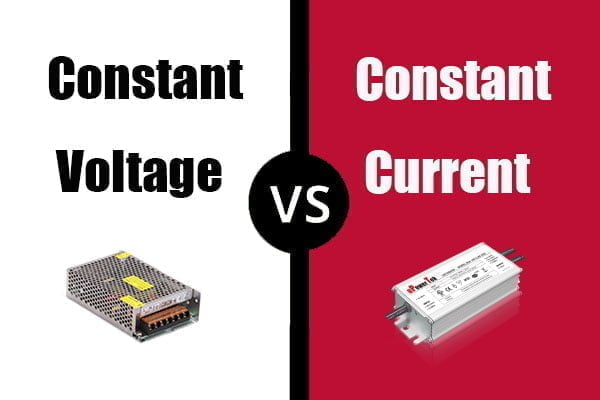With so many available options, choosing a suitable LED driver can be overwhelming sometimes. But you don’t have to worry from now because here in this article, we will discuss every perceptive of LED drivers that you need to consider before making a choice. We will discuss Constant Current (CC) and Constant Voltage (CV) LED drivers, why and when you need them, and some pros and cons.
What is an LED Driver?
Before moving towards our main topic, you should know that an LED driver is a device that regulates the flow of current through your LEDs. All the drivers are either constant voltage (CV) or constant current (CC) or both. The question arises, which one of the drivers do you need? The simple answer is that it will mainly depend upon the LED light fitting, your potential application, and others that we will discuss later.
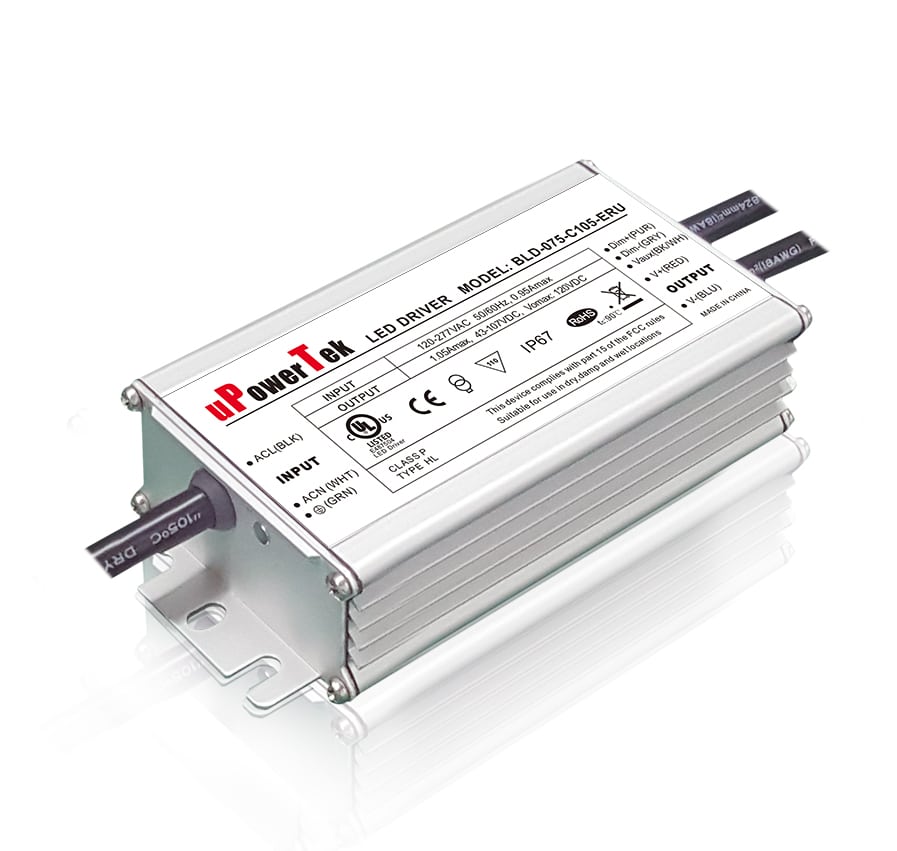
What are the Characteristics of LEDs?
LEDs are the most eminent source of light nowadays. The LEDs are semiconductors diodes formed by bringing together two slightly different materials to create a PN junction. They are P-type holes with an excess positive charge and N-type electrons with an extra negative charge. It is typically known as PN junction, and it produces light when DC is applied.
Like all the other semiconductors, LEDs will allow current to pass forward but block the current flow in the reverse order. LED produces light when electric current flows through it from an anode (+) to cathode (-).
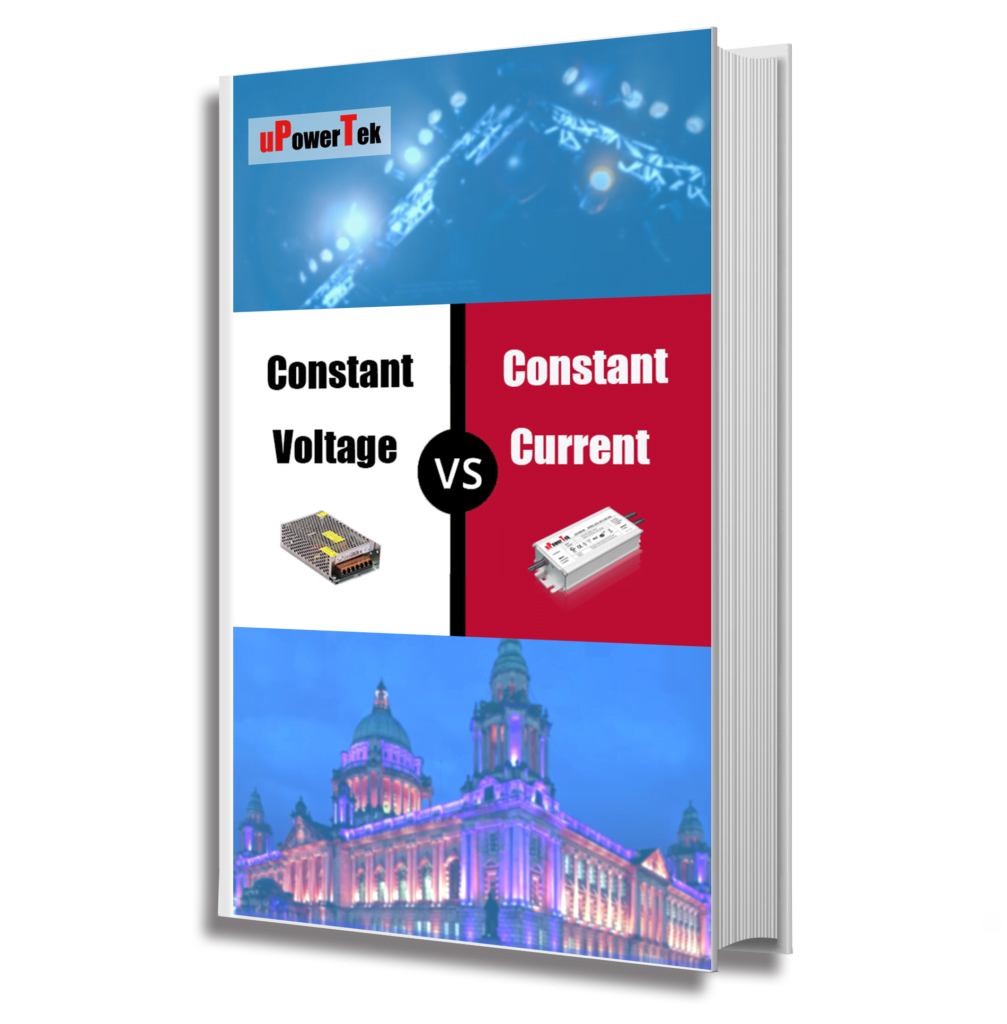
Download this page as a PDF
To save you time, we have also prepared a PDF version containing all the contents of this page, only leave your email and you will get the download link immediately.
LED V-I characteristic
Like traditional PN junction diodes, LEDs are also dependent upon the current with its forward voltage. We can put it like small changes in forwarding voltage will result in significant changes in forwarding current. Usually, LEDs has a forward voltage (Vf) of 2-3.5 V with a 10-200mA forwarding current. We can see that a slight voltage change will result in a big forward current change.
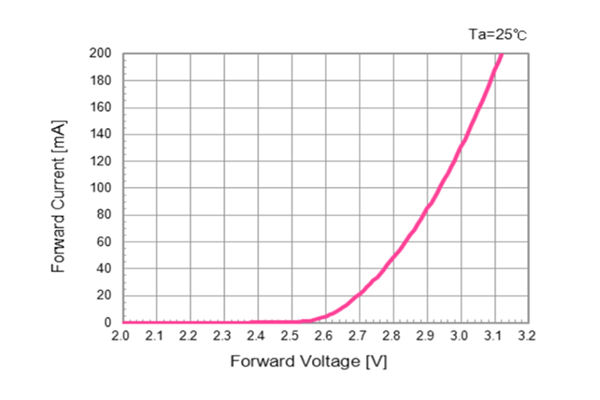
LED Temperature Coefficient
Until now, there are still many people who think that once the LED voltage is fixed, then the current is fixed, so the use of constant voltage or constant current is the same. In fact, the volt-ampere(V-I) characteristics of LEDs are not fixed, but change with temperature. So the voltage is fixed, the current will not be fixed, but changes with temperature. This is because the LED is a diode, and its volt-ampere characteristic has a negative temperature coefficient.
Temperature coefficient, usually -2mV/degree (-1.5—2.5mV/°C), that is, as the temperature rises, its volt-ampere characteristic shifts to the left.
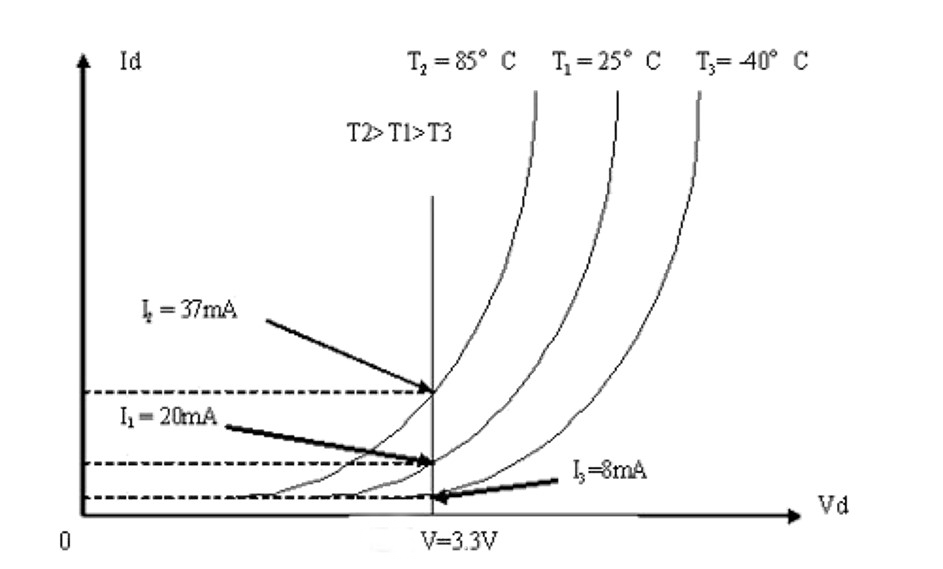
There are 3 curves in the image above, they represent different characters of LED at different temperatures. At the same 3.3V voltage, the currents are 8mA, 20mA and 37mA at different temperatures.
So the two characteristics above will have an impact on how we choose LED drivers for the LEDs, keep reading and you will find the answer.
What is a Constant Current LED Driver?
A constant current LED driver changes the voltage throughout the electric circuit to maintain the continuous flow of current. To make it easier, you can say that a constant current LED driver will have a fixed output current and variable voltage output. LEDs designed to work on constant current drivers need a designated amount of current for proper working.
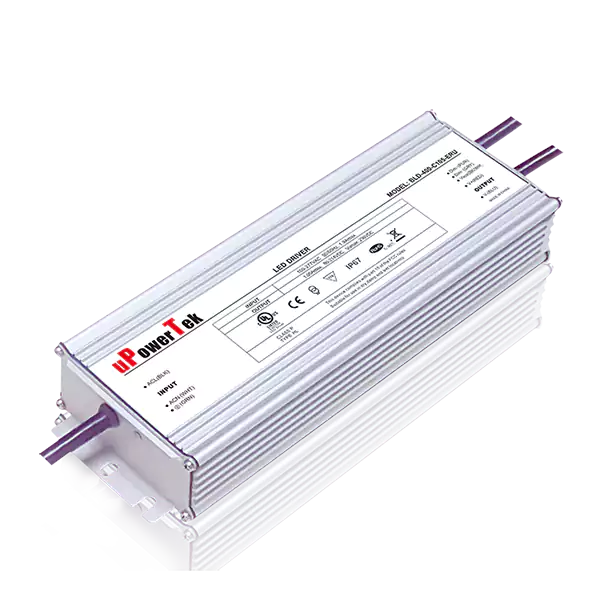
These types of drivers keep the current constant throughout the LED installation by fluctuating the voltage value. The LED light will be brighter with the higher current flow, but if the current flow is not regulated, it will cause the burnout of the LED. This thermal runaway will reduce the LED life span and its quality. For this reason, constant current drivers are so crucial for an LED.
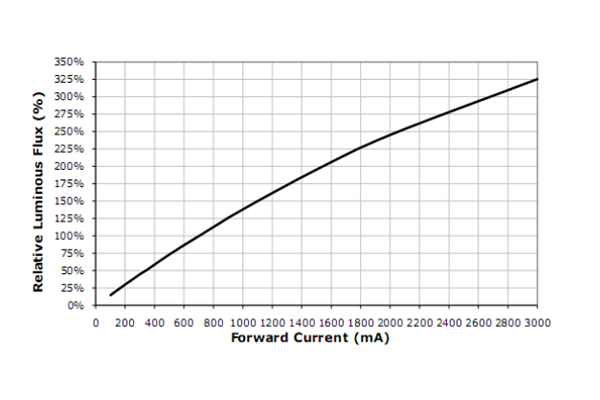
From the LED temperature coefficient value we learned that it’s better to use a fixed current LED driver to overcome the temperature rise issue.
When do you Need a Constant Current LED Driver?
Constant current drivers are primarily used with LED light fittings manufactured by the “direct drive” driving method. Direct Drive means where “the current output of an LED driver directly powers the LED circuit.”
This method has high efficiency and low complexity.
Constant current LED drivers are the finest choice for you if you build your fixture or work dramatically with high-powered LEDs. These drivers can be used with a single bulb or in a chain of LEDs in a series.
Further in the article, you will see a detailed table on CC and CV driver usage.
The choice of your LED driver dramatically depends on the purpose you are going to use it.
- If you intend to use it for illumination, CC drivers are the best choice because they allow constant control of brightness and light quality.
- With CC drivers’ system can be easily tuned for the efficient working of an LED.
- Constant current drivers are typically used for backlighting, commercial LED displays, and LED signs.
- For a detailed view of the application, please view the following chart.


| No. | Constant Current (CC) | Constant Voltage (CV) |
|---|---|---|
| 1 | Office Lighting | LED Strips |
| 2 | Residential Lighting | Signage |
| 3 | Entertainment Lighting | Advertisement Boards |
| 4 | Street Lighting | Stage Lighting |
| 5 | HIGH BAY LIGHTING | LED tap light, puck lights, strip light, and LED linear bars. |
| 6 | Outdoor Lighting | Architectural Lighting |
| 7 | LED Downlighting | |
| 8 | Retail Lighting |
What is a Constant Voltage LED Driver?
Constant voltage LED drivers are the power supplies. The most common power supplies are 12 VDC or 24 VDC. These drivers are designed for a single direct current output voltage. An LED light manufactured with the concept of constant voltage requires a specific amount of voltage to work effectively.
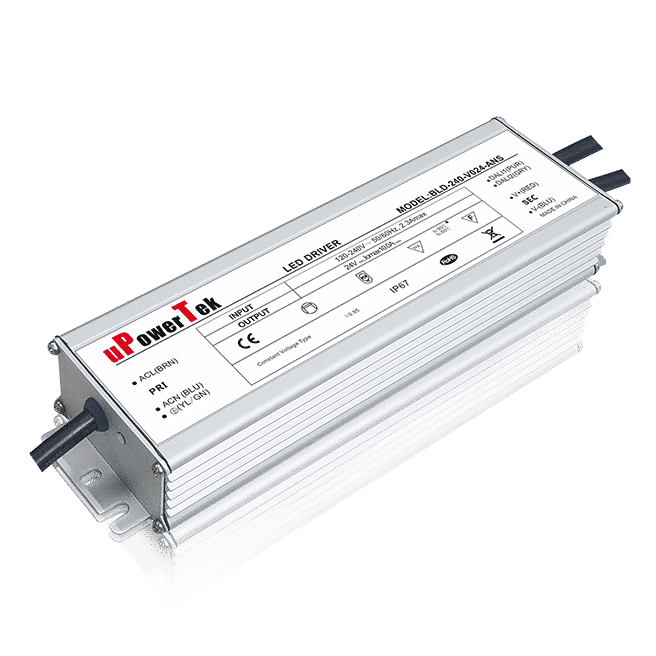
For these LEDs devices with a current limiter or regulator built-in, the voltage is fixed while the current provided by the constant voltage driver can vary since the LED lights are permanently be wired parallel. For example, two lights will require twice as much current as one light and so on.
Can I Use Constant Voltage LED Driver for Any LED Directly?
No, you can not do that. As the temperature increases, its volt-ampere characteristic shifts to the left. If the applied voltage is constant, the current will obviously increase. The efficiency of the LED itself is very low, and the temperature rise is very high. After the power is turned on, if the heat dissipation is not good, its temperature can easily rise to over eight or ninety degrees.


Assuming that a 3.3V constant voltage source is used to work at 20mA at room temperature, and when the temperature rises to 85 degrees, the current will increase to 35-37mA, and its brightness will not increase. The increase in current will only make its temperature rise higher, which will increase the light attenuation and reduce the lifespan.
And if you use a constant voltage source instead of a constant current source, when working at 20mA at room temperature, when it reaches -40 degrees, the current will be reduced to 8-10mA, and the brightness will be reduced.
For 1W high-power LED chips, the situation is the same, and because of the high power, heat dissipation is more difficult, and the temperature rise problem is more serious. It can be said that in addition to the heat dissipation problem, the use of a constant voltage power supply is the main cause of light decay. Therefore, in principle, the use of a constant voltage power supply for LED is prohibited.
How to Fix This Problem?
Add current limiting resistors in the circuit. Because when the LED setup has a constant source of current, the CC driver will keep the current flow steady in the system even if the temperature rises with the increase in voltage value. This driver will prevent the LED from overdriving and thermal runaway, thus increasing the life span of the LED.
When do you Need a Constant Voltage LED Driver?
You can use constant voltage LED drivers to run several LEDs wired parallel such as LED strips. Constant voltage drivers are the best installation option where you need the best efficiency and longevity in your LED.
To get the desired results, LEDs are usually used together in parallel circuits and series. The lighting designers and manufacturers have introduced many LED products in the market, which are already assembled in LED rope, LED bar, LED strips. To ensure the constant voltage, the manufacturers have confirmed that the current limiting resistor is in line with each strip so that the LED strips are less prone to the variation in LED voltage.
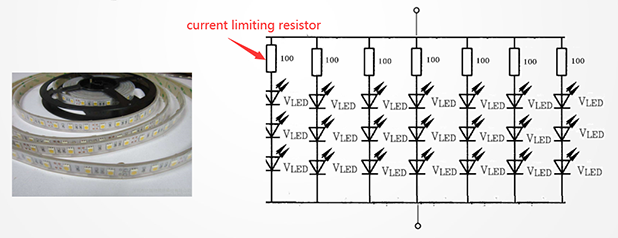
The above picture is a circuit of LED strips. We can see that there is a current limiting resistor in the circuit. This type of design is suitable for CV LED drivers. Because if we cut some parts of LED strips, it will still work because the voltage on each string does not change.
So here comes the answer to the above question: if we use CC LED driver for LED strip. Let’s say we use a 700mA LED driver, and then each string will get 100mA. And if we cut off one rope, there will be six strips left in the circuit, and the current flow in each strip will rise to 116mA. This high amount of current will cause damage to the LED lights, so it is better to use a constant voltage LED driver in LED strips/strings.
So, when LED strip/strings are built, typically, they will need a static voltage to run on. So, if you know that your LED strip runs on 12VDC, don’t worry because the built-in circuitry already regulates the current. You will only need a CV LED driver of 12VDC value.
Constant Voltage LED Driver Application
- These can be used to run several parallel lights, such as LED strings and LED strips. But the voltage output has to fulfill the voltage requirement of the whole LED strips for its efficient working.
- As mentioned in the above table, constant voltage LED drivers are primarily used in street lighting, moving signs in grocery stores, hospitals, clinics, and many other places.


To move forward and summarize this long discussion, here is a little comparison of CC and CV drivers.
| Constant Current Driver | Constant Voltage Driver | |
|---|---|---|
| Current | The current value is Fixed. | The current value is Variable. |
| Voltage | The voltage value Variable. | The voltage value is Fixed. |

Want to read it later?
To save you time, we have also prepared a PDF version containing all the contents of this page, only leave your email and you will get the download link immediately.
Constant Voltage Pros and Cons:
Pros:
- Fault tolerance. It means when one light is fused or fail, this will not affect the efficiency of other lights.
- Easy installation with multiple lights or stripes with great flexibility.
- Moreover, this price can be lower in large-scale LED applications.
- CV is a standard technology for design and installation engineers.
- Models are much less than constant current drivers, 12V, 24V are the most typical models.
Cons:
- It has low efficiency as compared to constant current fixtures.
- A current limiter has to be built in to the lights.

Constant Current Pros and Cons:
Pros:
- These drivers avoid violating the maximum current limit specified for an LED. So, it will save the LED from premature burnout and increase its life span.
- They have the lowest price and have high efficiency.
- Easier for designers and engineers to control the light output.
- These drivers help in creating light with more consistent brightness.
- Suitable for high-power LEDs.
Cons:
- Failing one light will fail all the lights because the lights are connected in series in constant current drivers.
- Uneven current and brightness for parallel LEDs.
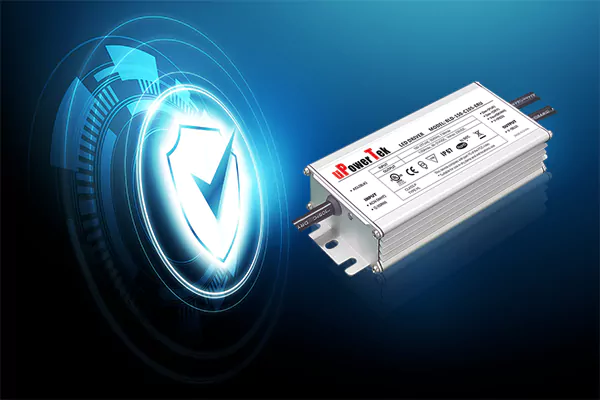
What Type of LED Driver do you Need?
To select the best-LED driver of your need, you need to consider the following criteria.
- Application of the LED driver.
- LED voltage and current.
- Efficiency or easy installation.
- Check that the selected LED driver meets the safety and energy efficiency standards.
For example, for a small LED application, constant voltage LED drivers are enough. But when the number of LED strings increases, used to manage the current flow best results. At this point, you will need constant current LED drivers.
We also have a more detailed article to show you how to choose LED drivers, you can take look if you have an interest.
Summary
We all know that LEDs are constant-current driven devices. But we can NOT decide that an LED will ALWAYS require a constant current driver since in some cases, a constant voltage supply will be the best option as we have discussed above. For your easiness, we have compared constant current LED drivers with constant voltage LED drivers to make the best choice for yourself.
Making a good choice for these drivers is crucial for your LED system because they provide and regulate the necessary power to the LED. They also make sure that the system is working safely and consistently.

uPowerTek’s CC and CV Drivers:
uPowerTek is also providing global certified, well-experimented, and high-quality constant voltage and constant current LED drivers. In February 2021, uPowerTek has announced their New 1000W Constant Current, and 800W Constant Voltage LED driver series. These products are manufactured, keeping in mind the consumer’s safety, national security, and product quality management.
-
 Constant Current LED Driver2929 products
Constant Current LED Driver2929 products-
 120-277Vac Input LED Driver1515 products
120-277Vac Input LED Driver1515 products -
 180-528Vac Input LED Driver1111 products
180-528Vac Input LED Driver1111 products
-
-
 Constant Voltage LED Driver1313 products
Constant Voltage LED Driver1313 products
The question arises here, why uPowerTek? As the members of the Digital Illumination Interface Alliance (DiiA), uPowerTek always keeps quality and reliability as their priority and also keeps creating extra values for customers by continuously rolling out new products like NFC programmable drivers and high power grow light drivers.

